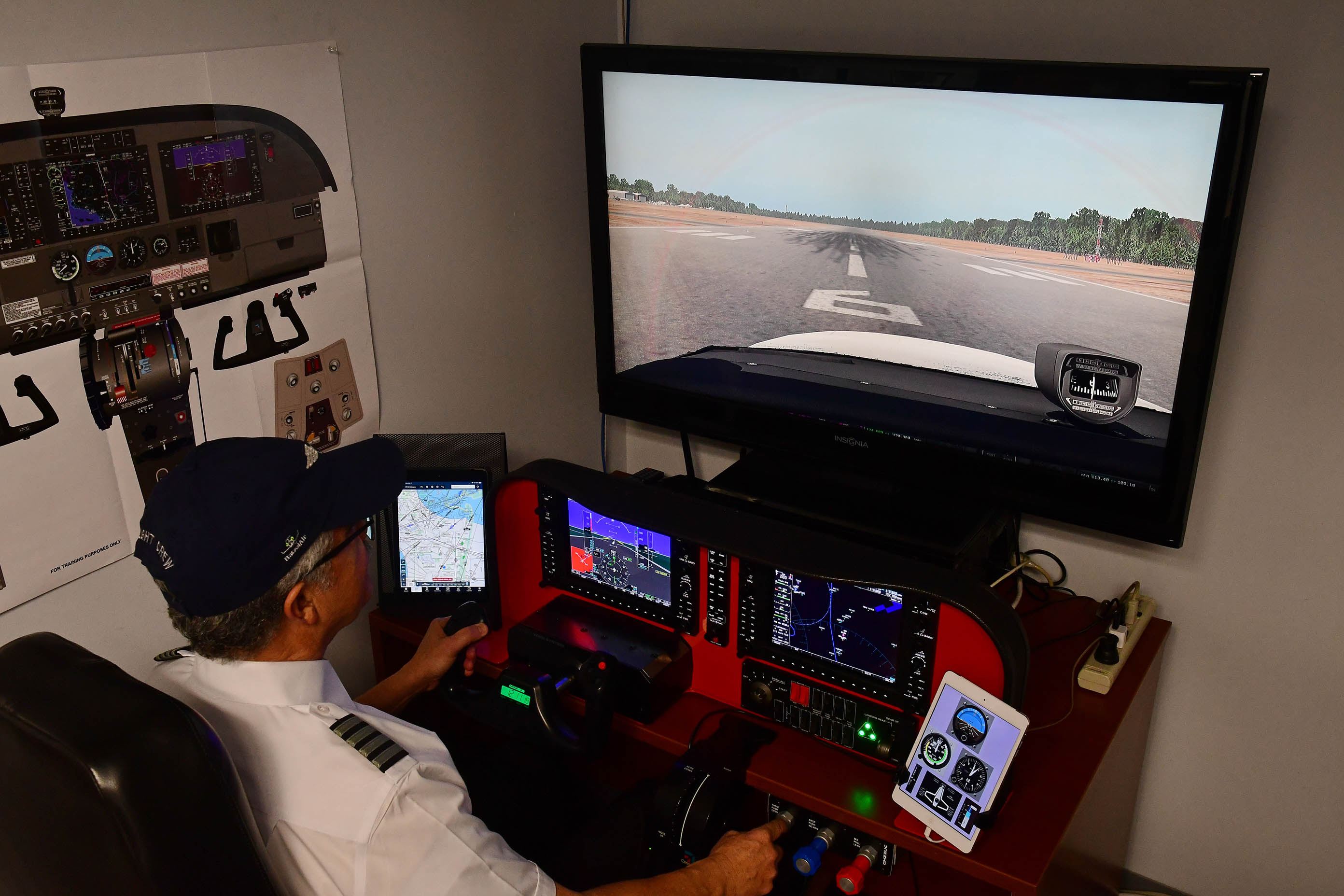#1 - Stay Proficient
Like any job position it’s important to stay up to speed with all the basic mechanics. If you’re a pilot, it’s necessary that you remain proficient in IFR procedures and can load a flight plan and manage the workload effectively. Being confident with this is a way of improving safety and increasing the enjoyment of your flying.
A simulator makes a great training tool because it allows you to explore the operation of these complex systems at your own pace, in a safe environment without racking up expensive flight hours. You can practice all the things you would normally do so you can get the most out of your aircraft when you are actually flying it.
#2 - Muscle Memory
Repetition helps us form procedural memory, which allows repeated movements to become second nature to us and ultimately help in stressful situations. Instinctively knowing where to reach and the feel of the knob or button you want to use makes a real difference in high workload scenarios.
Our sims make it easier to develop this muscle memory as they have identical layouts & dimensions to the real systems. Having buttons, knobs and LED indicators matched exactly to those found in the real airplane allows you to practice more effectively while developing muscle memory and not get distracted by trying to use your keyboard or mouse.
#3 - Gain Confidence
The less you fly, the harder it is to feel confident when faced with the challenging conditions of a flight. It’s important to have that assurance in yourself when your responsibility is so high and the only way to get better is practice. Real world flight training with your CFI is a key part of maintaining proficiency, but this can be effectively supplemented with effective practice on a simulator. Also, maybe you’re heading to a new destination and have never been to a particular airport, with realistic scenery, foreflight integration and virtual ATC you can simulate the complete arrival, approach and landing before you ever have to do it for real which is great for situational awareness in both VFR and IFR flying.
“I recently went to Ocean County Airpark and had simulator training with Mark Mizrahi. The facility is beautiful, and I found the simulator was in many ways superior to the Red Bird Simulator and very realistic. What impressed me most was Mark's excellence as an instructor. He was methodical, and quickly determined areas that I needed to work on, while giving me a great overall training session. I learned quite a bit and came out of the session feeling that the cost was a good value. Mark is now my go to guy for simulator training and honing my IFR skills." - Jeff DuBois



